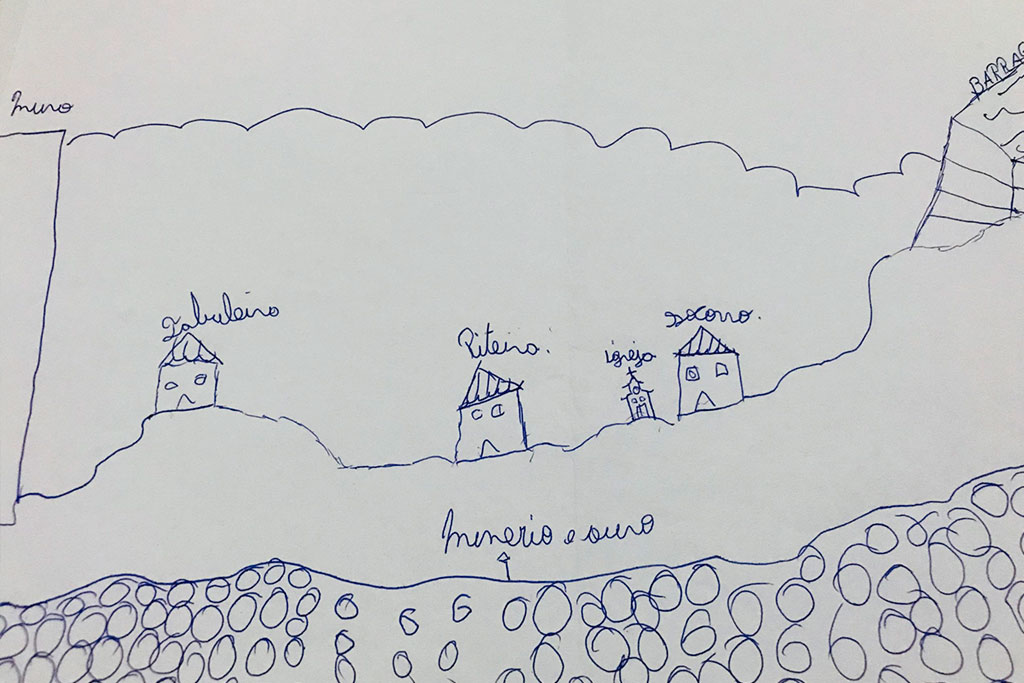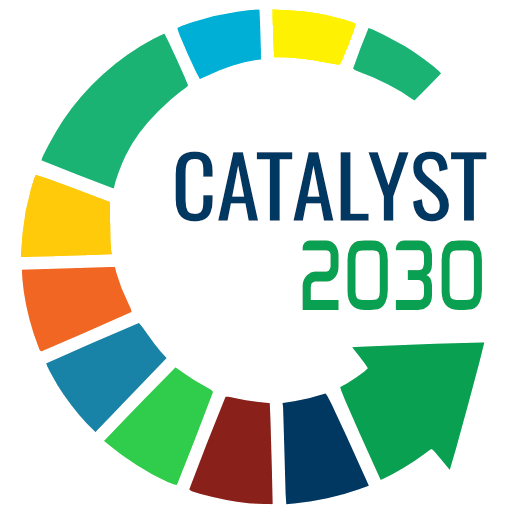
Here at Raizes, we have in Active Listening, the Materiality Matrix, and the Map of Affections work tools that guide a good part of the projects in which we operate. It is through those initiatives that we make it possible to draw a new reality, imagined collectively, with those who create it and with whom they live the truth of those territories. From this encounter, a powerful synergy is born, a force that has helped Raízes thrive for so long.
For us, it is essential to “dream together” with our beneficiaries at all stages, from the beginning to the end of the project. Therefore, we use Active Listening, the Materiality Matrix, and the Map of Affections as if they were our sense organs, being – our eyes, ears, and mouths – in the complex system that is the communities and their experiences.
Active listening: an exercise in respect, empathy, and connection
One of the principles of Raízes is to focus on people, to understand how they live and, especially, how they feel about their reality. Through our vision, in all initiatives, it is essential to create a safe environment in which participants can trust us and also one another.
At the current time in these projects, we also chose to work with Theory U, developed by German Otto Scharmer, a professor at the MIT (Massachusetts Institute of Technology) business school. This methodology is focused on dealing with complex problems, which need a deep investigation of this reality in order for change to happen, and that also involve actors from various sectors.
We discuss Theory U in more detail here.
Potent Materiality Matrix Synergy
The Materiality Matrix is a design made by placing the interests of the proposing company or institution on one of the axes and, on the other, the interests of the surrounding community and/or other important stakeholders within the project. It functions as a point of intersection, where the interests of the two poles connect, causing significant synergy. It is in this conjunction that the projects of corporate social responsibility flow well.
As an example, see the MAC (Minas de Águas Claras) Project, with the initiative of Vale and execution by Raízes. In this project, we listened to various stakeholders, directors of the organization, the surrounding community, people from civil society, public authorities, universities, etc. Thus, many different professional profiles and roles were included, and their varied backgrounds only enriched the quality of the feedback received from such diverse preferences and perspectives.
As such, the Materiality Matrix seeks not only to listen, but to map what is considered important by the largest number of individuals involved in the process.
Map of Affections that treads the paths of success
Our best example of good use of the Map of Affections is the project we developed in 2019, in Barão de Cocais, Minas Gerais. In it, we listened deeply to the people who were evacuated due to the activation of the security siren of the Gongo Soco dam.
The activities developed by Raízes were rolled out in order to understand and map the characterization of the bonds and feelings of the evacuated population with the territory, and their expectations regarding the future. Hence, the importance of the Map of affections. It is through this tool that we get a qualitative diagnosis of how people relate to the territory and also to each other.
As such, from the insight we collected through interviews and focus groups, we developed a series of individual and group conversations. Thus, we were able to better understand the emotional context of how those people were affected by their eviction from the area.
Therefore, a Map of Affections is nothing more than a large map made collaboratively by people who gradually add one by one their ties, memories and bonds in relation to the life they lead, and how they feel about their universe. Thus, the company can have much more qualitative pieces of information than quantitative.
Here at Raízes Sustainable Development, we act as a action doer, a consultancy at different levels, depending on what it takes to achieve the expected result. Contact us to learn more about our proposals for your business!
Photo: Drawing collected during the social diagnosis of Barão de Cocais (MG)

